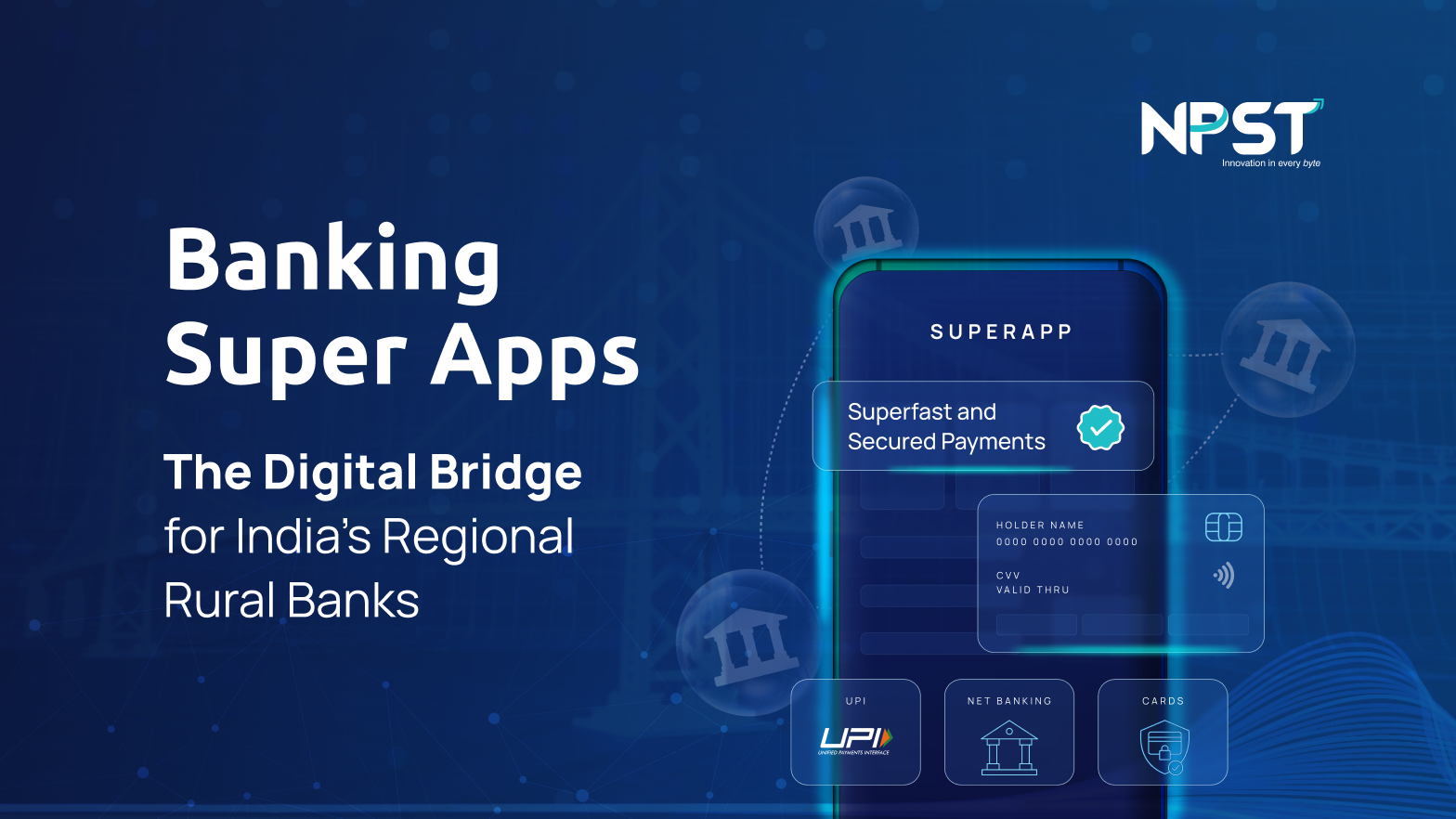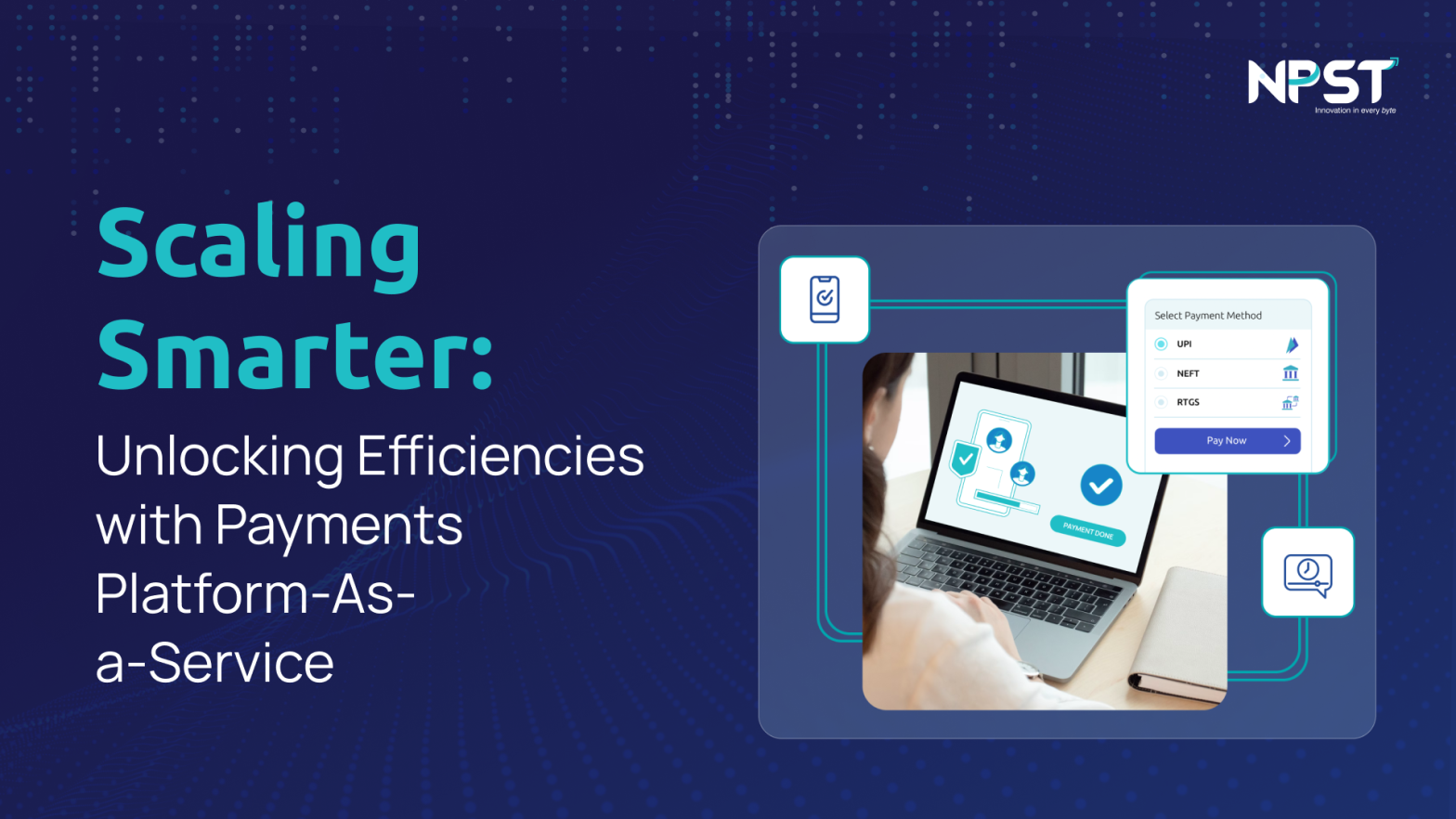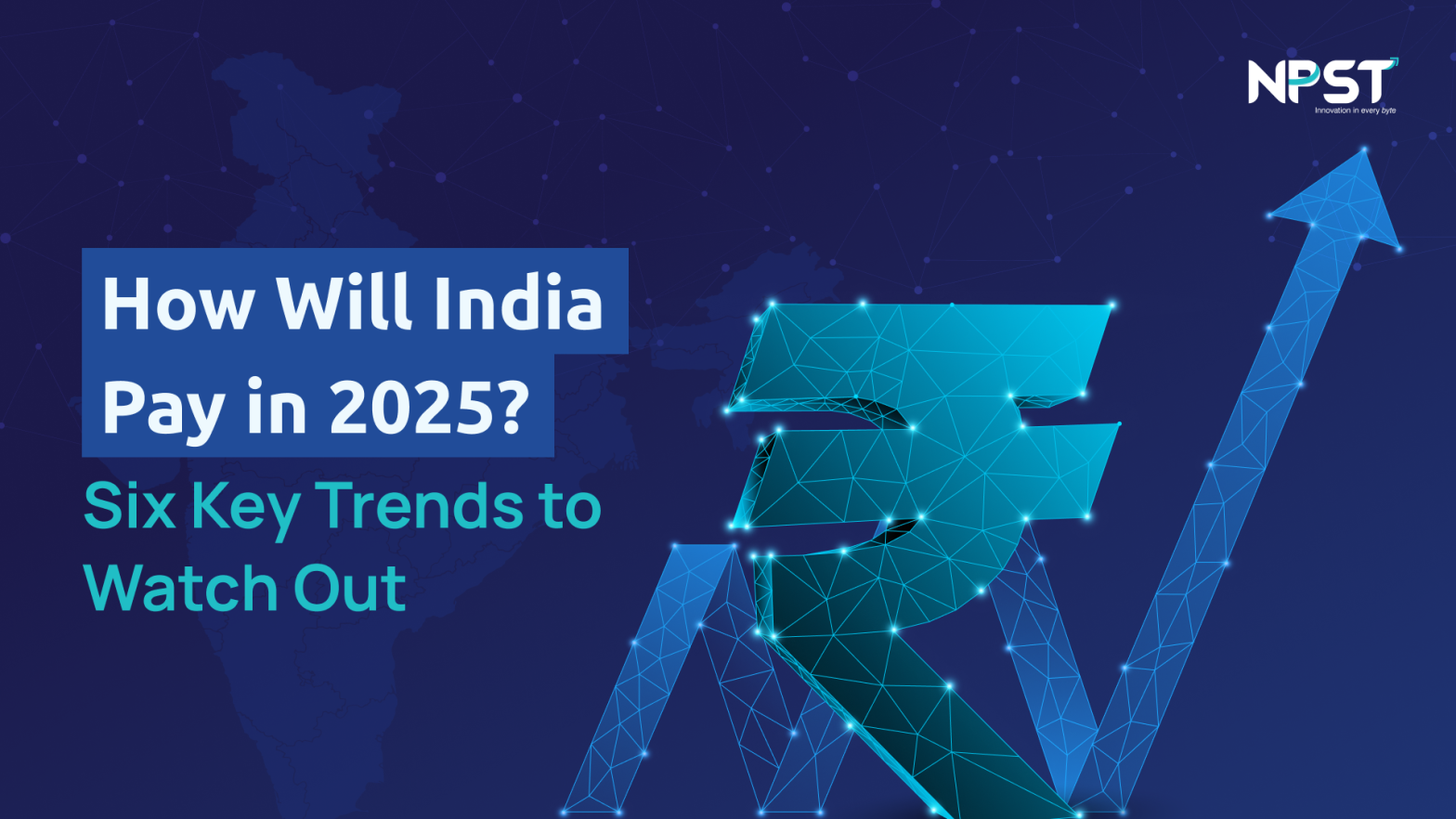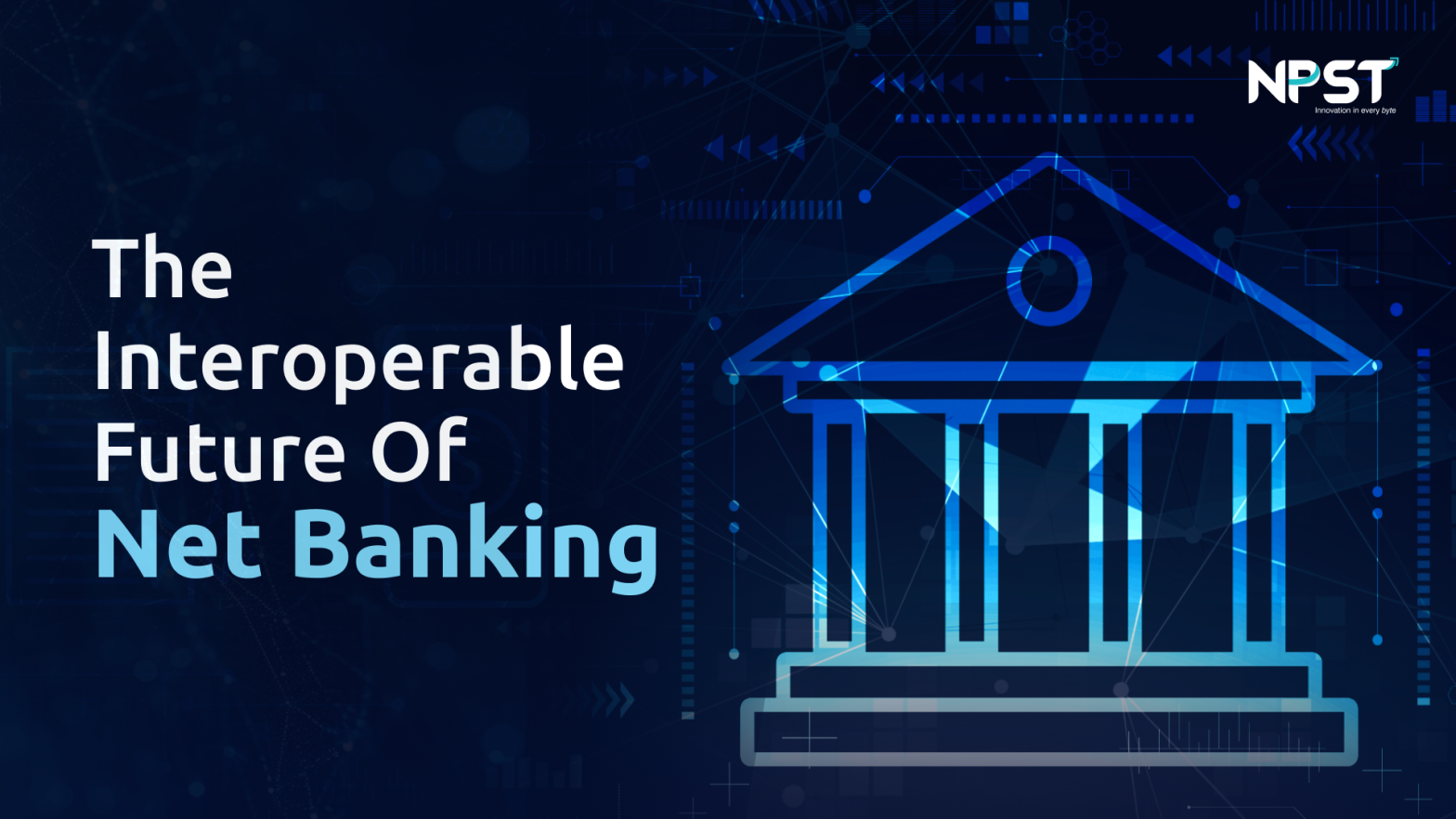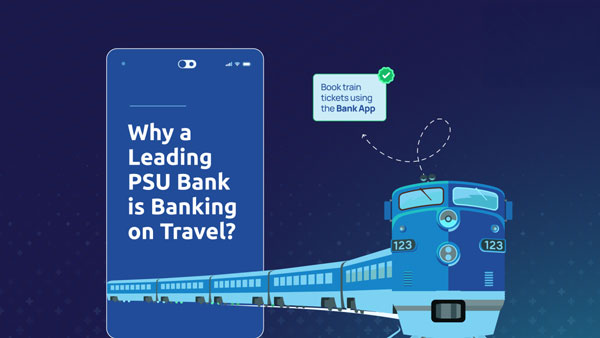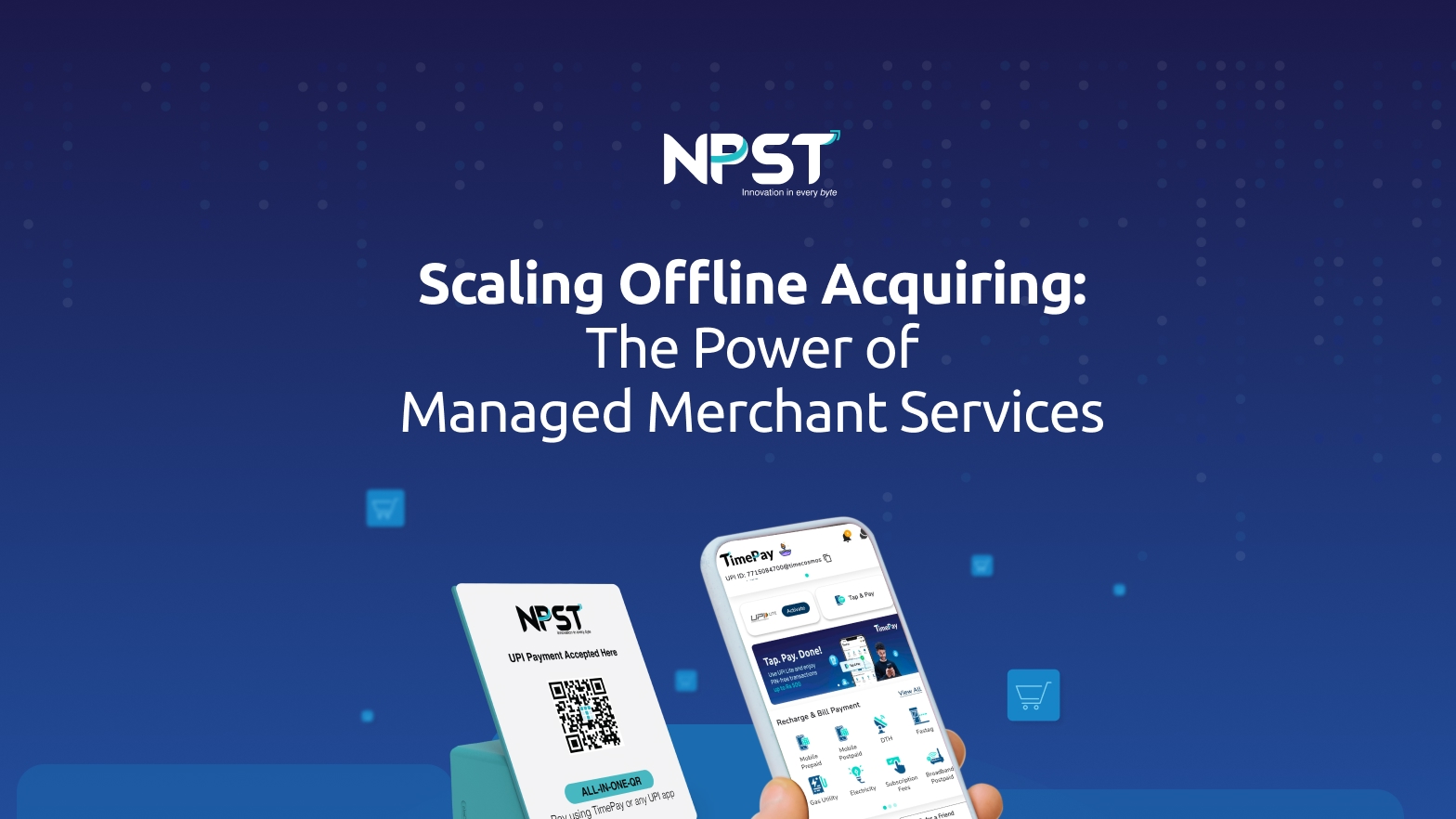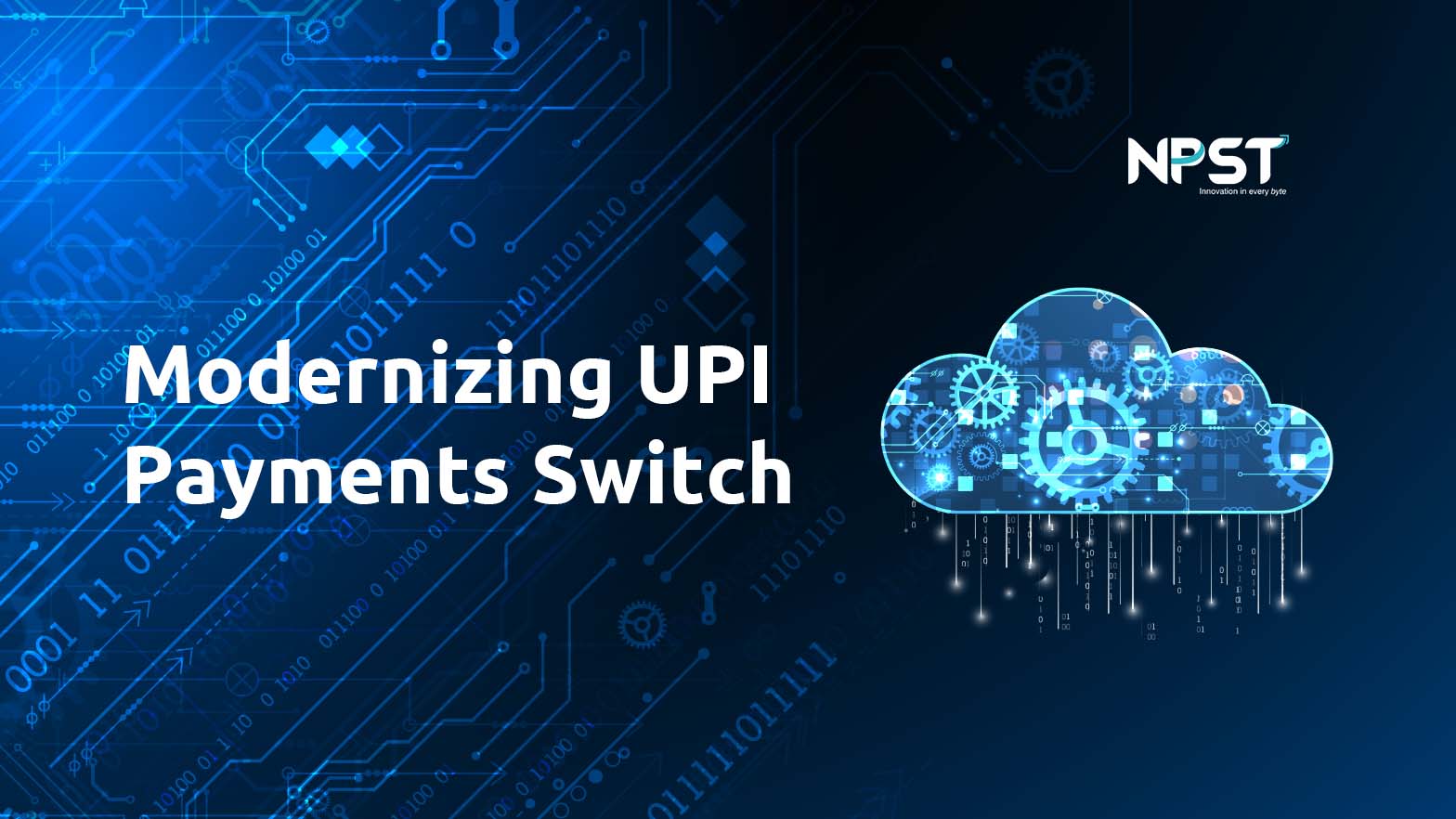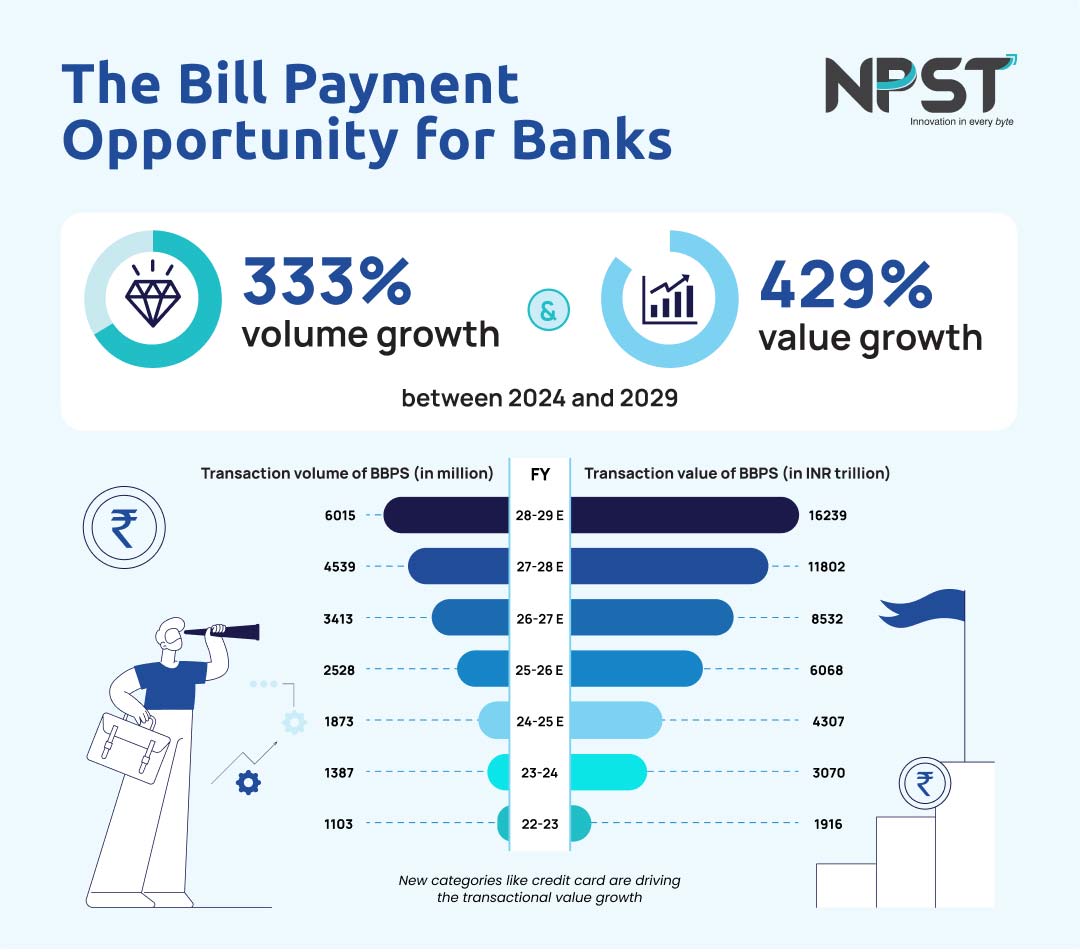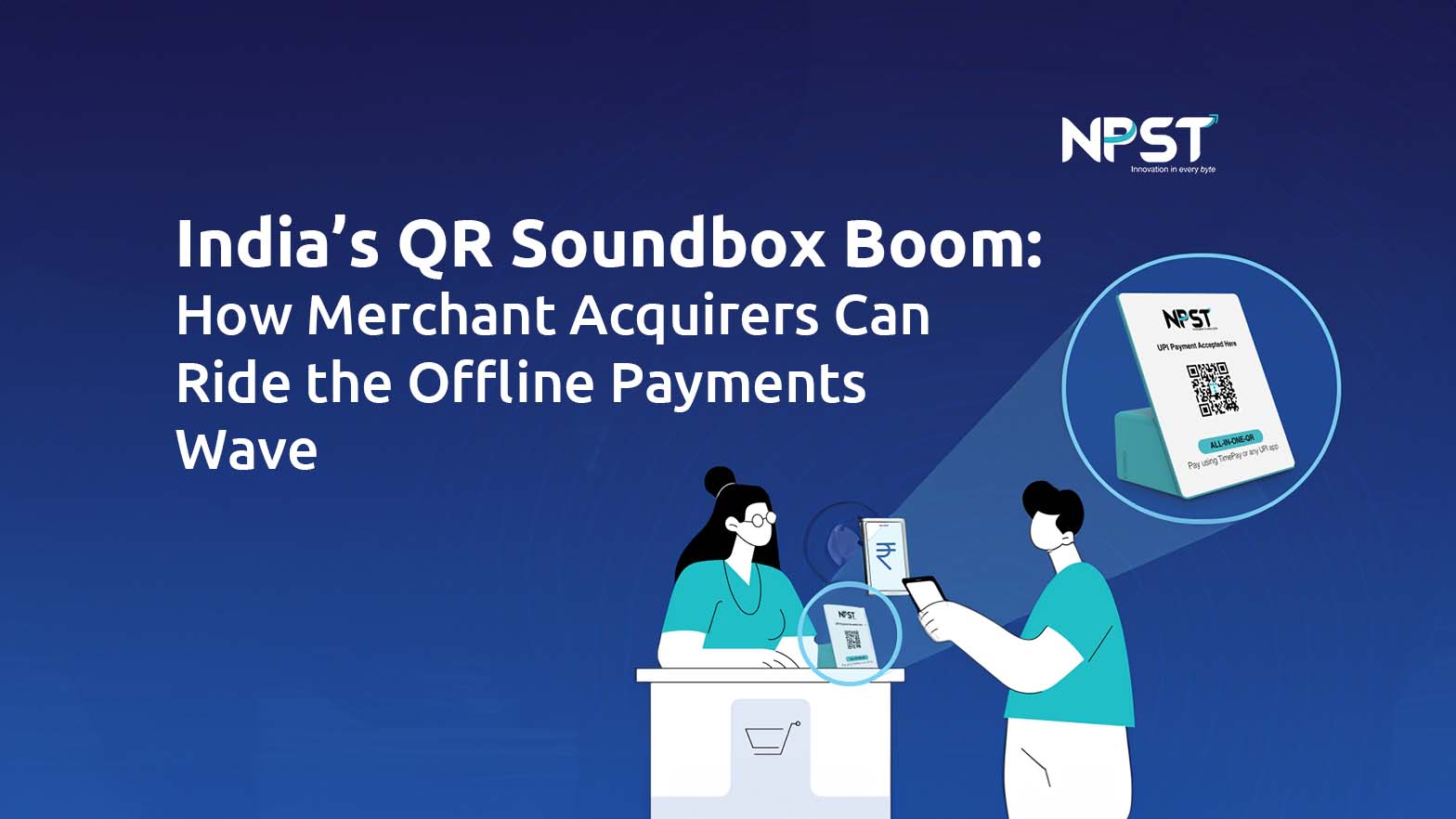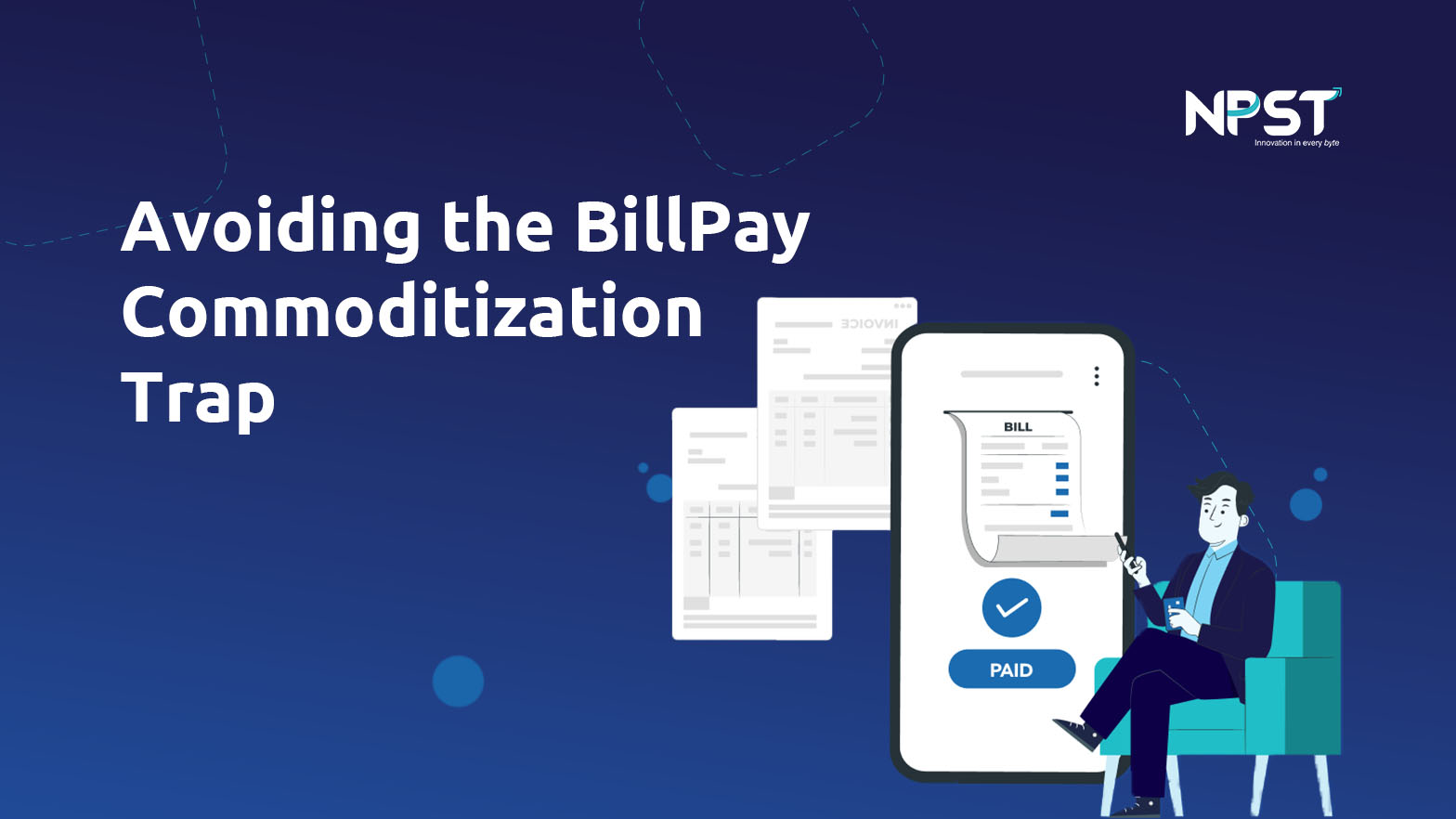UPI payments using QR codes have been phenomenally successful in weaning merchants from cash and growing India’s digital payments economy. These codes have replaced the chime of coins and the rustle of paper money at merchant tills, bringing thousands of large, medium, and micro-merchants into the digital fold. Costing below Rs 50, QR codes offer a capital-light model to merchants compared to traditional POS systems, which cost between Rs 2,000 and Rs 5,000.
Scan-and-pay transactions are increasingly bundled with the Soundbox and provide significant value to merchants through faster checkouts and fewer fraudulent transactions. The audio confirmation feature of the Soundbox addresses security concerns by preventing instances where customers might present a previously made payment at crowded checkout points. Additionally, the Soundbox enables merchants to offer low-cost self-service options, minimizing wait times and improving the overall checkout experience.
For acquires, the Soundbox contributes to their bottom line. While UPI transactions are processed at no cost to merchants, acquirers charge a monthly subscription fee or a one-time payment for the device. Furthermore, QR and Soundbox solutions provide acquirers with access to valuable cash flow data from merchants, enabling the development of new products such as credit facilities for previously underserved merchants.
Market competition and operational challenges
The growth potential of the QR payments market has spurred intense competition. Numerous players, including TechFins, payment aggregators, merchant aggregators, neo-banks, and traditional banks, are vying for market share, creating significant operational margin pressures for acquirers. Managing a growing merchant portfolio and an extensive fleet of devices nationwide is operationally intensive and expensive.
The Device-as-a-Service (DaaS) model enables acquirers to deliver superior digital experiences to merchants differentiating their services in a crowded market. Providers like NPST assume responsibility for managing merchants, devices, and the entire transaction lifecycle, allowing acquirers to focus on growth and merchant satisfaction.
Managing the Merchant Lifecycle
Given the rise of transaction laundering and increasing costs of disputes and chargebacks, acquirers are increasingly vulnerable to financial losses, reputational damage, legal action, and regulatory penalties. This challenging environment creates a conflict, as merchants increasingly expect instant payment enablement and a superior onboarding experience. According to a Mastercard survey in Asia-Pacific, 30%-35% of merchants identified onboarding time and a simple onboarding process as key considerations when selecting an acquirer.
Regulatory bodies have stepped in with new proposed guidelines that can potentially widen the dichotomy between merchants’ expectations and acquirers’ need to implement advanced safeguards. In April 2024, the Reserve Bank of India (RBI) expanded KYC requirements for Payment Aggregators (PAs) to cover offline transactions. For small merchants conducting face-to-face transactions of less than Rs 5 lakh per annum, PAs must conduct contact point verification (CPV) of the merchant’s business establishment and verify the bank accounts where the merchants’ funds are settled.
For medium merchants (both physical and online) with a turnover between Rs 5 lakhs and Rs 40 lakhs per annum, PAs are required to conduct CPV and verify one Officially Valid Document (OVD) of the business proprietor and one OVD of the business itself. The draft directions also mandate that PAs monitor merchant’s transaction activity on an ongoing basis to determine if the merchant needs to be moved to a higher category of due diligence. PAs are also expected to implement risk-based limits for onboarded merchants.
Merchant screening services empower acquirers to make informed onboarding decisions aligned with the country’s regulatory mandates. Under the umbrella of Merchant Screening Services, NPST verifies merchant identity credentials and flags high-risk merchants before onboarding, thereby reducing acquirer exposure to fraudulent transactions.
Managing the Device Estate
Acquirers offering QR and Soundbox services manage multiple device suppliers, ongoing maintenance, device inventory, and help desk services for merchants. This can be operationally intensive. Imagine a merchant in a remote village in India raising a support request and expecting redressal within 24 hours.
The Device-As-a-Service model centralizes device monitoring, simplifying the management of an expansive and diverse estate. Acquirers can bolster efficiency, trim operational costs, and enhance service quality, enabling them to concentrate on expanding services and fostering business growth.
Device-as-A-Service enhances merchants’ experience by automating and digitalizing various processes throughout the terminal lifecycle, such as:
- Device Updates:
Remotely upgrade terminal applications, including changes in terminal configurations, lowering field maintenance costs. - Device Inventory:
Eliminate upfront costs associated with purchasing and managing devices, and maintaining buffer stocks. Built-in inventory module tracks terminal make, hardware configuration, and firmware to streamline terminal updates and management. - Device Monitoring:
Monitor audio notification reports to track and improve uptime. - Compliance with Regulatory Mandates:
Implement evolving regulatory guidelines to meet compliance and audit requirements. - Complaint Management:
Enable merchants to raise complaints and track their status using a dedicated app. - Risk Management
Evaluate terminal and merchant-level risk, leveraging real-time and historical transactional data. - Campaign Management:
Send offers to merchants to boost transaction volume, such as cashback for festive occasions.
For a leading bank headquartered in Karnataka, NPST oversees a device estate spread across 500 locations in India and is responsible for device shipment, configuration, installation, upgrades, maintenance, and decommissioning for end-of-life devices. Moreover, the NPST platform can generate region-wise or zone-wise indent reports, along with installation status, furnishing acquirers with valuable insights and ensuring seamless operations across their network.
Manage the Cost of Payment Processing
Merchant satisfaction and the economics of the QR and Soundbox service model rely on efficiently processing high volumes of payments. Acquirers can streamline processing costs by leveraging a dedicated Merchant Switch, which offloads transaction load from the primary switch, and allows acquirers to service high workloads and onboard more merchants. Leading acquirers deploy Qynx NPST Merchant Switch to establish connectivity with bank systems and the central switch to accommodate growth in transaction volumes, alleviate processing costs, and improve service availability. Additionally, the Switch provides failover capabilities, ensuring continuous operations and minimal downtime in case of system failures.
In Conclusion
Designed to expand digital payment access across India, UPI Circle enables primary account holders to authorize secondary users to make UPI payments using their accounts. This provides a seamless and secure way to extend digital transaction capabilities to individuals without bank accountsQR payments lower cost barriers to adoption and are on an unstoppable growth trajectory, with UPI transactions expected to triple in the next three years. In this rapidly commoditizing market, an As-a-Service model that integrates merchant management, device estate management, and transaction processing can help acquirers deliver qualitatively superior and differentiated services, and achieve healthier bottom lines.
Explore More
We empower banks and payment aggregators to achieve success at every step of the transaction journey


